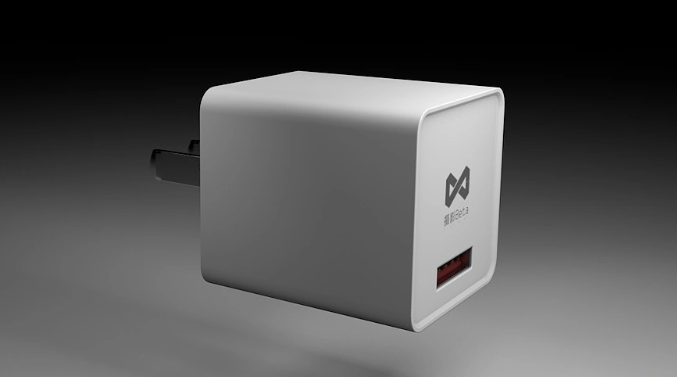With the popularity of smartphones, mobile phone chargers have become one of the essential electronic devices in our lives. As the core component of the mobile phone charger, the power management chip selection is crucial. This article will discuss the selection of mobile phone charger power management chips from four aspects: the basic structure of mobile phone chargers, the role of power management chips, selection principles and application cases.

Basic structure of mobile phone charger
The basic structure of a mobile phone charger mainly includes input circuit, power factor correction (PFC) circuit, DC/DC converter, output circuit and overcurrent and overvoltage protection circuit. Among them, the power management chip is the core component of the DC/DC converter, responsible for controlling the output voltage and current to ensure the stability and safety of mobile phone charging.
The role of power management chip in mobile phone charger
The role of power management chips in mobile phone chargers mainly includes the following aspects:
1. Control the output voltage and current: The power management chip controls the on and off time of the switch tube by detecting the output voltage and current, thereby adjusting the output voltage and current to keep them stable.
2. Realize over-current and over-voltage protection: The power management chip also has over-current and over-voltage protection functions. When the output voltage or current exceeds the set value, the output can be automatically turned off to protect the mobile phone and charger from damage.
3. Implement charging protocols: The power management chip can also implement various charging protocols, such as fast charging protocols, wireless charging protocols, etc., to meet the charging needs of different types of mobile phones.
4. Reduce power consumption: The power management chip adopts advanced control algorithms and processes, which can reduce the power consumption of the charger and improve charging efficiency.
Selection principles for power management chips
When selecting a mobile phone charger power management chip, you need to consider the following principles:
1. Input voltage range: The input voltage range of the power management chip should be consistent with the input voltage of the mobile phone charger. Generally speaking, the input voltage of a mobile phone charger is AC 100-240V, so it is more appropriate to choose a power management chip with an input voltage range of AC 85-265V.
2. Output voltage and current: The output voltage and current of the power management chip should meet the needs of mobile phone charging. Generally speaking, the output voltage of a mobile phone charger is 5V or 9V, and the output current ranges from 1A to 3A. Therefore, it is more appropriate to choose a power management chip with an output voltage of 5V or 9V and an output current of 1A to 3A.
3. Charging protocol: The power management chip needs to support various charging protocols, such as fast charging protocol, wireless charging protocol, etc. When choosing, you need to choose a power management chip that supports the corresponding charging protocol based on actual needs.
4. Efficiency and power consumption: The efficiency and power consumption of the power management chip are key factors affecting the performance and heat generation of the charger. When choosing, you should choose a power management chip with high efficiency and low power consumption.
5. Cost: When selecting, you also need to consider cost factors. The prices of power management chips of different brands vary greatly, and the appropriate brand and model should be selected according to actual needs.
Applications
The following are some commonly used mobile phone charger power management chip models and their characteristics:
1. LT8610: LT8610 is a high-efficiency, low-power power management chip that supports multiple fast charging protocols, such as Qualcomm QC3.0, Huawei FCP, etc. Its input voltage range is AC 85-265V, its output voltage range is 5V to 9V, and its maximum output current can reach 3A.
2. MP2607: MP2607 is a highly integrated and efficient power management chip that supports multiple fast charging protocols, such as Qualcomm QC3.0, Huawei FCP, etc. Its input voltage range is AC 85-265V, its output voltage range is 5V to 9V, and its maximum output current can reach 3A.
3. UCC28780: UCC28780 is a high-performance, high-efficiency power management chip that supports multiple fast charging protocols, such as Qualcomm QC4+, USB PD, etc. Its input voltage range is AC 85-265V, its output voltage range is 5V to 20V, and its maximum output current can reach 6A.
4. TPS65987: TPS65987 is a highly integrated and efficient power management chip that supports multiple fast charging protocols, such as Qualcomm QC4+, USB PD, etc. Its input voltage range is AC 85-265V, its output voltage range is 5V to 20V, and its maximum output current can reach 6A.
In mobile phone chargers, the power management chip plays a crucial role. When selecting, factors such as input voltage range, output voltage and current, charging protocol, efficiency and power consumption, and cost need to be considered. In actual applications, the appropriate brand and model can be selected according to specific needs. At the same time, you also need to pay attention to usage methods and safety matters to ensure the normal charging and safe use of your mobile phone.

